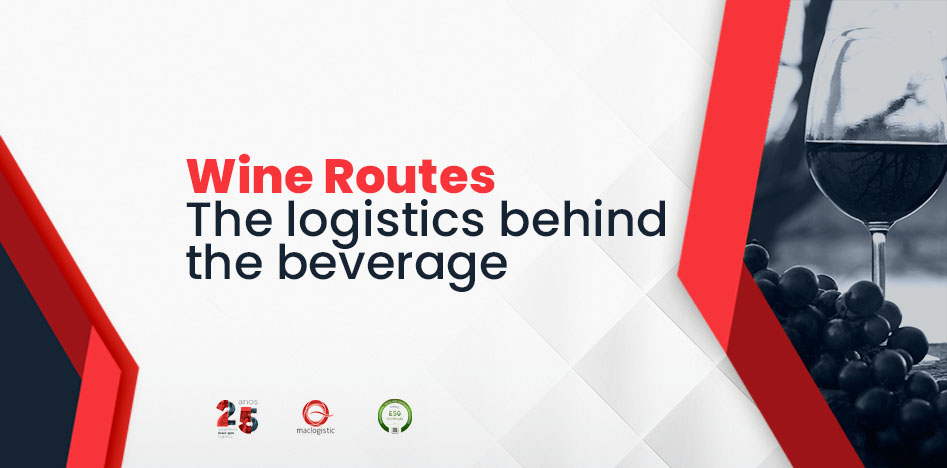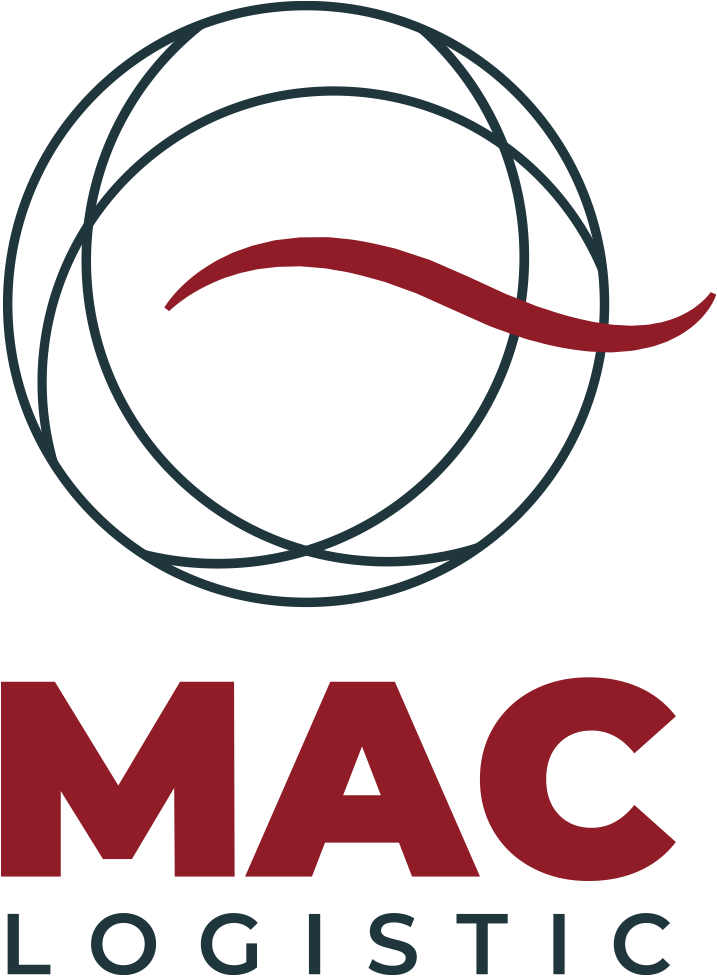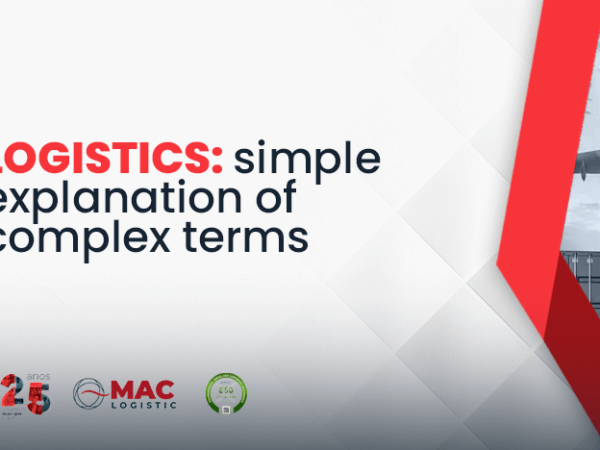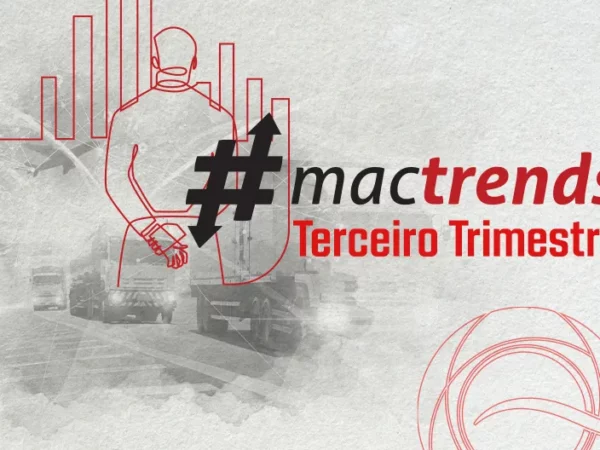
In the world of wine, each glass tells a story that transcends borders. From the vineyard to the table, an intricate logistics system brings this journey to life, shaping the landscape of wine imports and exports.
In today’s blog, we delve into this multifaceted universe to unravel the secrets behind the numbers and processes that drive the wine trade.
More than a beverage, a global ambassador
In some countries, especially European ones, wine is a ubiquitous beverage: from social events to daily meals.
Not surprisingly, Portugal ranks first in the ranking of the world’s largest wine consumers per capita, according to official data from the International Organization of Vine and Wine (OIV). In the Iberian country, the average annual consumption reaches 51.9 liters per person.
Although Brazil is not among the main consumers, the growing domestic demand and changes in Brazilian habits are shaping a new panorama.
Currently, Brazil consumes an average of 2 liters of wine per year, according to the Brazilian Association of Sommeliers (ABS). However, there is an upward trend, noted during the Covid-19 pandemic, which boosted imports of fine and table wines, opening up space for new market opportunities.
The logistics behind wine
Wine logistics encompasses a variety of challenges, from selecting the most suitable mode of transport to efficiently managing customs processes.
When importing wines, international freight emerges as a high-value-added service, demanding expertise and specialized partnerships to ensure advantageous conditions. Through these contacts, it is possible to obtain competitive prices, always paying attention to international insurance contracts.
In selecting the mode of transport, various aspects come into play. In particular, the exporter’s location plays a key role in this decision.
In Brazil, while road transport is common for neighboring countries such as Chile and Argentina, maritime transport serves mainly European demands, standing out for its efficiency and capacity to accommodate large volumes of palletized boxes. Air transport, although less used, represents an option for smaller volume loads, albeit with higher costs.
Arrival of the product in Brazil
When the cargo arrives in Brazil, the customs clearance process begins, where the Federal Revenue’s inspection is present. The transfer of the cargo to an authorized terminal aims to avoid high storage costs in the primary zone, enabling the necessary documentary and physical analysis for the formal nationalization of the product.
In addition to logistical challenges, some regulatory aspects also deserve attention. Registration with the Ministry of Agriculture, Livestock, and Supply (MAPA) is mandatory, as is obtaining certificates of origin, analysis, and typicity.
Care with the documents required from the exporter, including clear labels and appropriate certificates, is essential for the success of the importation.
The logistics of wine importation demands expertise, care, and diligence at each stage of the process. From international freight to customs clearance, every detail is crucial to ensure that wines reach Brazilian shelves with quality and efficiency.



